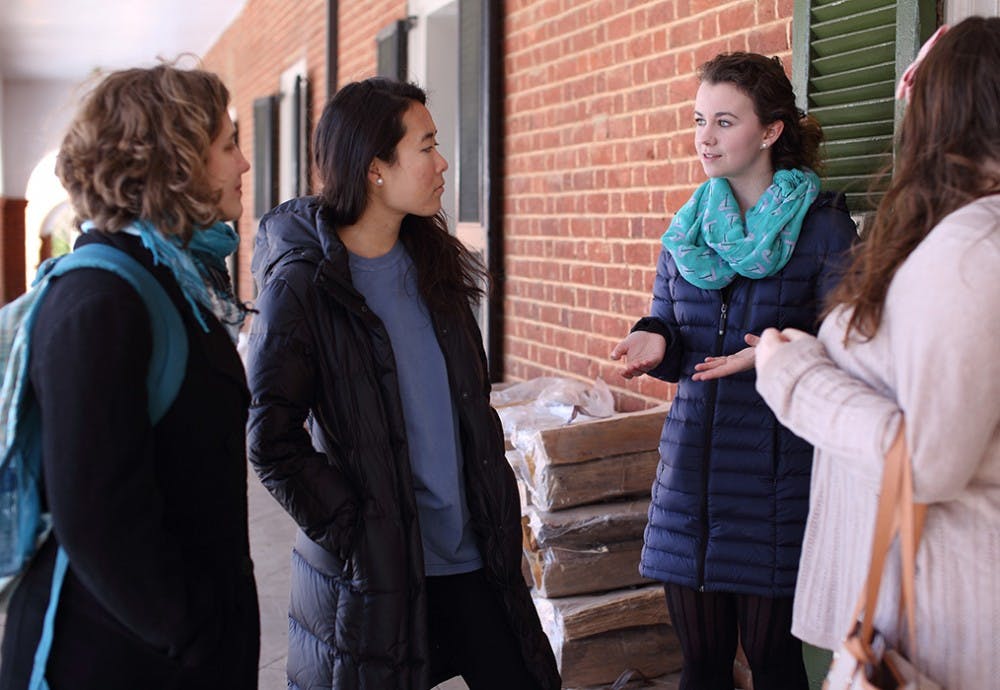The number of Early Action applicants increased from 16,081 in 2015 to 16,768 in 2016. Additionally, the total number of all applications has increased since last year as well — from 30,840 to 32,420.
This year, 9,154 women applied Early Action while 7,614 men applied. The offer rate for females was slightly higher than the offer rate for males, with 31.7 percent of women being invited to attend the University, while 30.1 percent of men received an offer.
This is a representation of a nationwide trend of more females applying to college than males, Dean of Admissions Gregory Roberts said.
While the majority of Early Action applicants were white, the admissions office received a record number of applications from minorities this year with 4,259 applications submitted by students from a variety of ethnicities. The races represented include African-American, American Islander, Asian and Hispanic.
An additional 1,807 applications were submitted by international students. There were 65 different countries represented in the application pool, with China having the most applicants at 1,354. Korea and India were also a part of the top three most-represented countries having 230 and 133 applicants, respectively.
Of the 1,807 international applicants, 363 were offered admission.
“We are committed to enrolling a diverse class of students each year,” Roberts said. “Our outreach efforts are extensive. We work very hard recruiting talented students from around the world to U.Va., and we seek students who bring different beliefs, opinions, thoughts, ideas, backgrounds and experiences to Grounds.”
Roberts also expressed that the admissions office is pleased with the increase in the number of minority students who apply, receive admissions offers and ultimately enroll for the fall.
Roberts discussed several new initiatives the admissions office is implementing to increase the number of admitted minority students who enroll, including connecting current students to admitted students, hosting seven different open houses in the spring, reaching out to every admitted African-American student through alumni and a newly-redesigned admissions packet mailed to acceptees.
The University has done a relatively good job of extending offers to minorities, and these students tend to have some of the best undergraduate success rates of any university in the United States, Jahvonta Mason, third-year Batten student and co-chairman of Student Council’s Diversity Initiative Committee, said.
“The acceptance rate of minorities is exciting,” Mason said. “However, these numbers don’t accurately reveal the problem.”
Mason said he believes the problem occurs in “the interim when offers are extended and when they are accepted.”
“A large portion of the minorities who received offers to come to U.Va. will ultimately decide to go to another university,” Mason said. “Part of the problem is that many of these students can go to other academically comparable universities for free because of minority scholarships, and U.Va. doesn’t offer any.”
Decreasing the cost of attendance and making an education at the University more affordable is a potential solution to this problem, Mason said.
“We have work to do,” Roberts said. “But we are excited that U.Va. is seen as a strong option for students from underrepresented backgrounds.”







